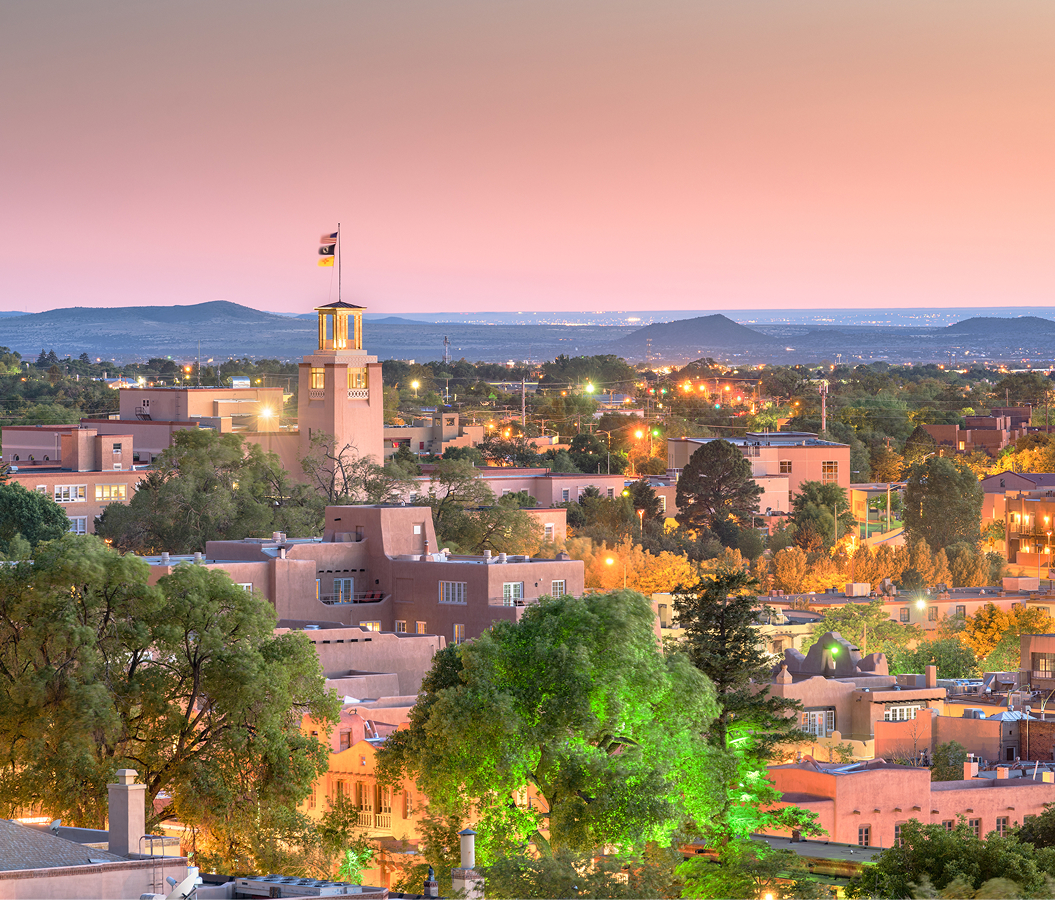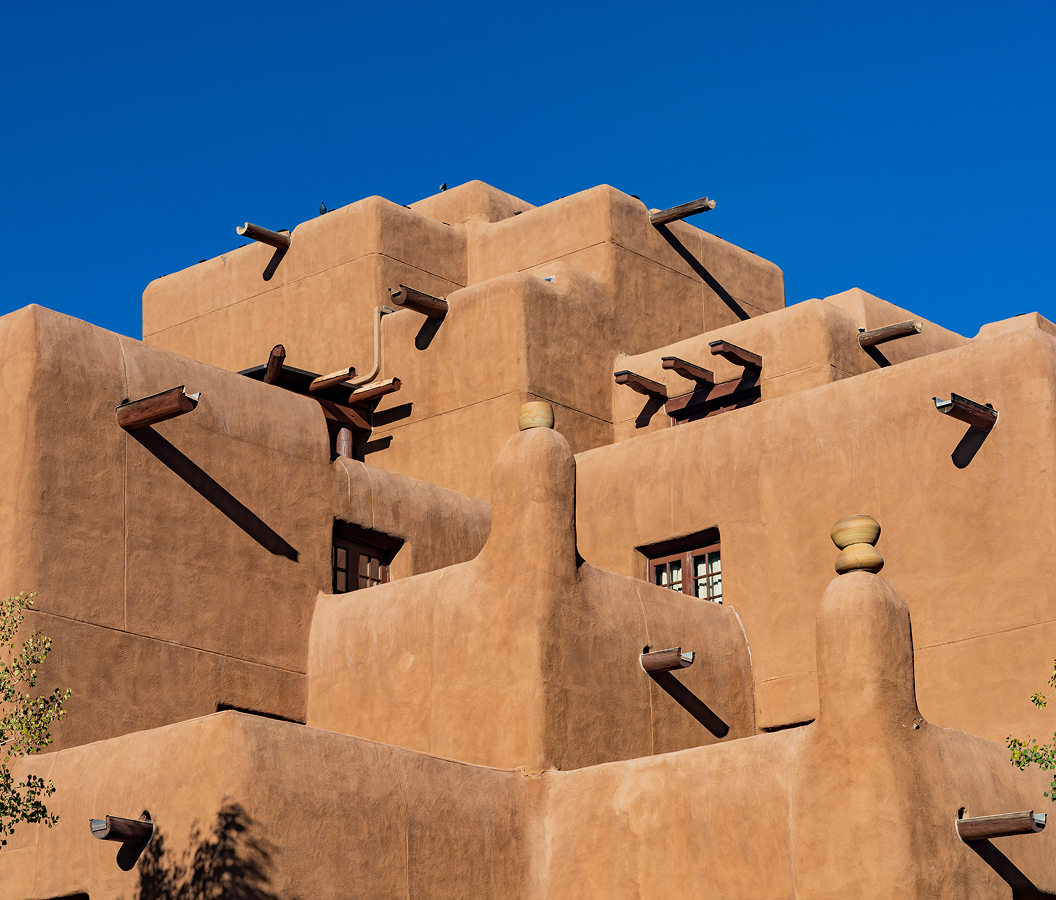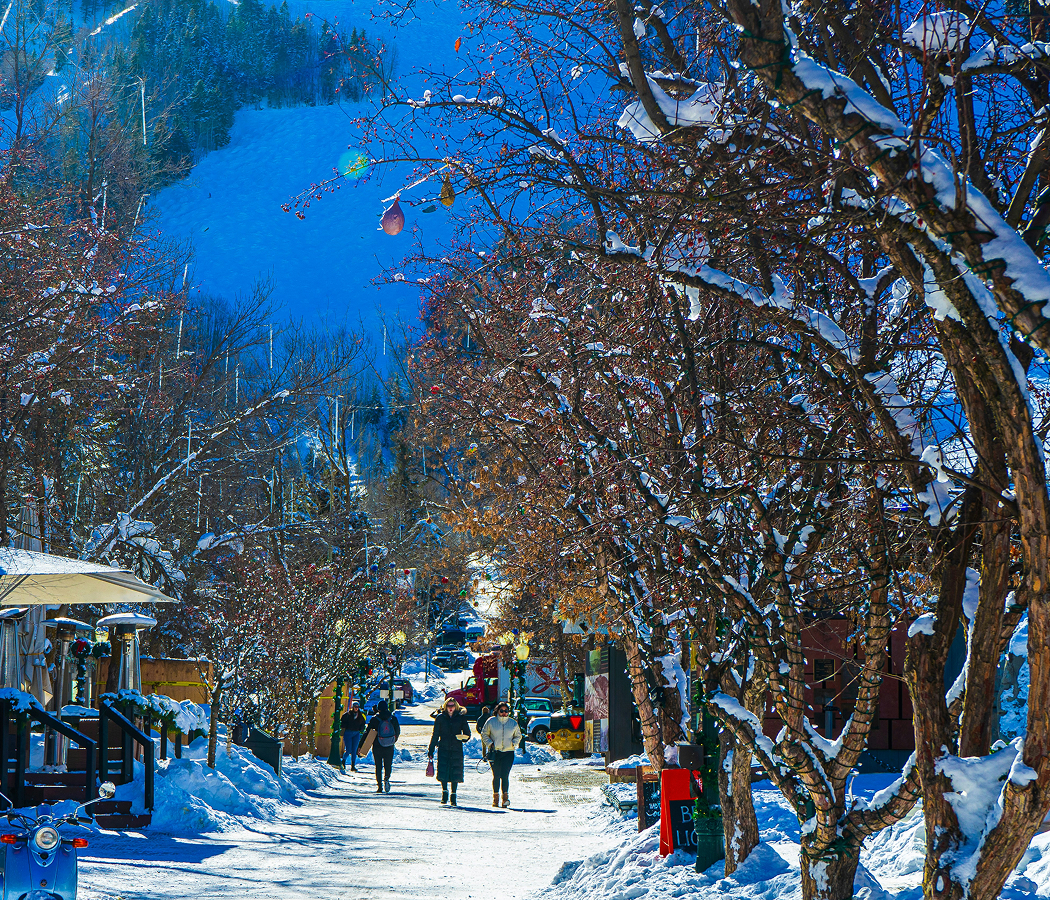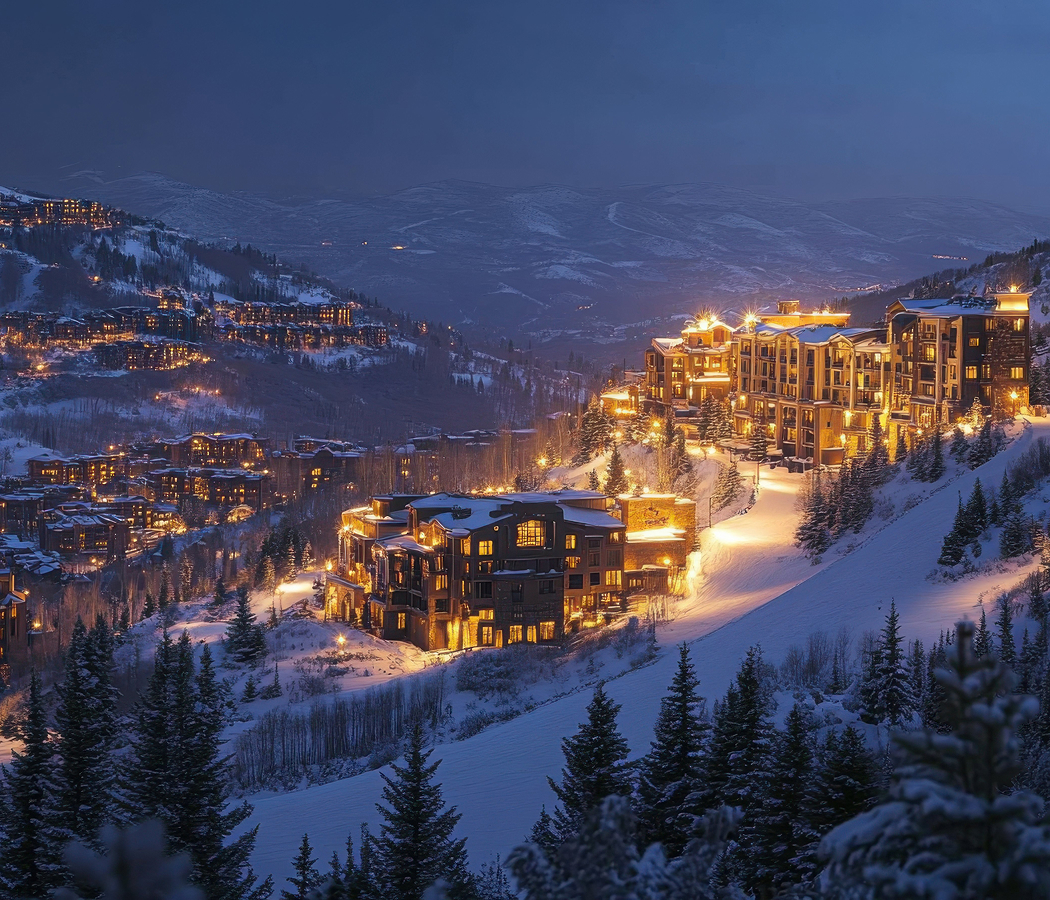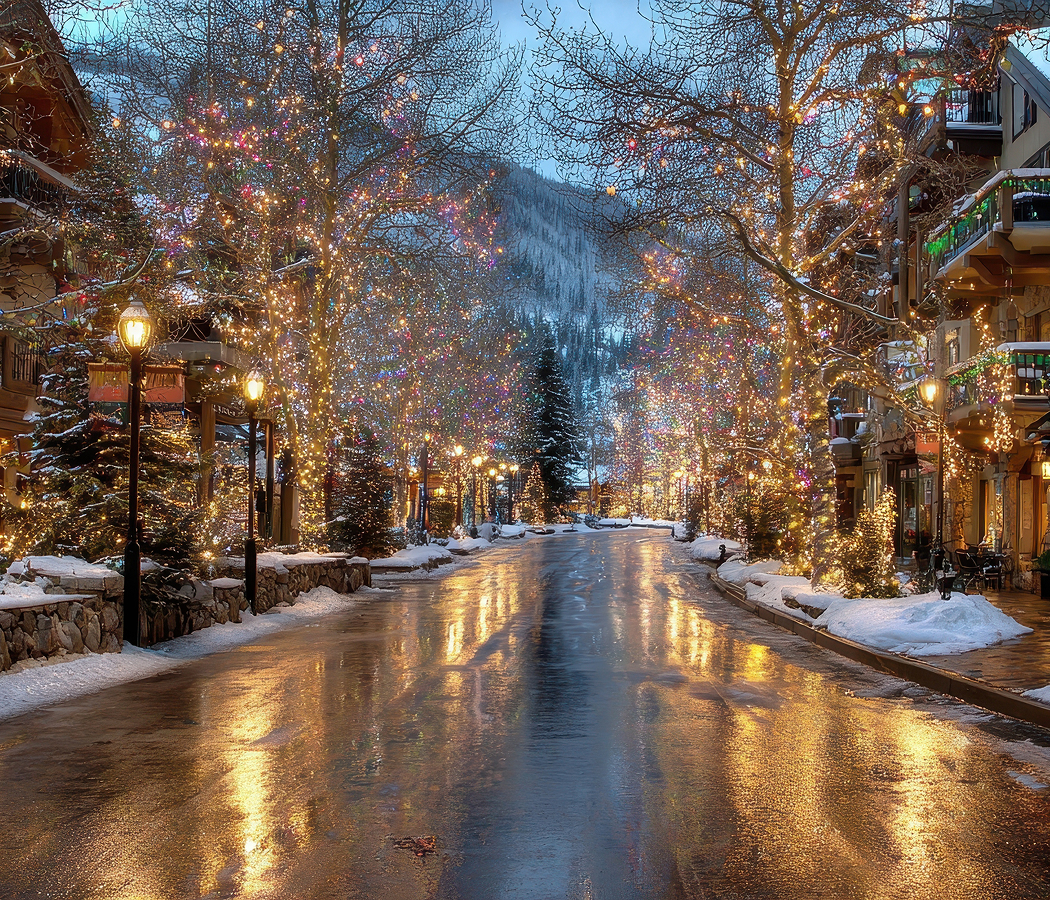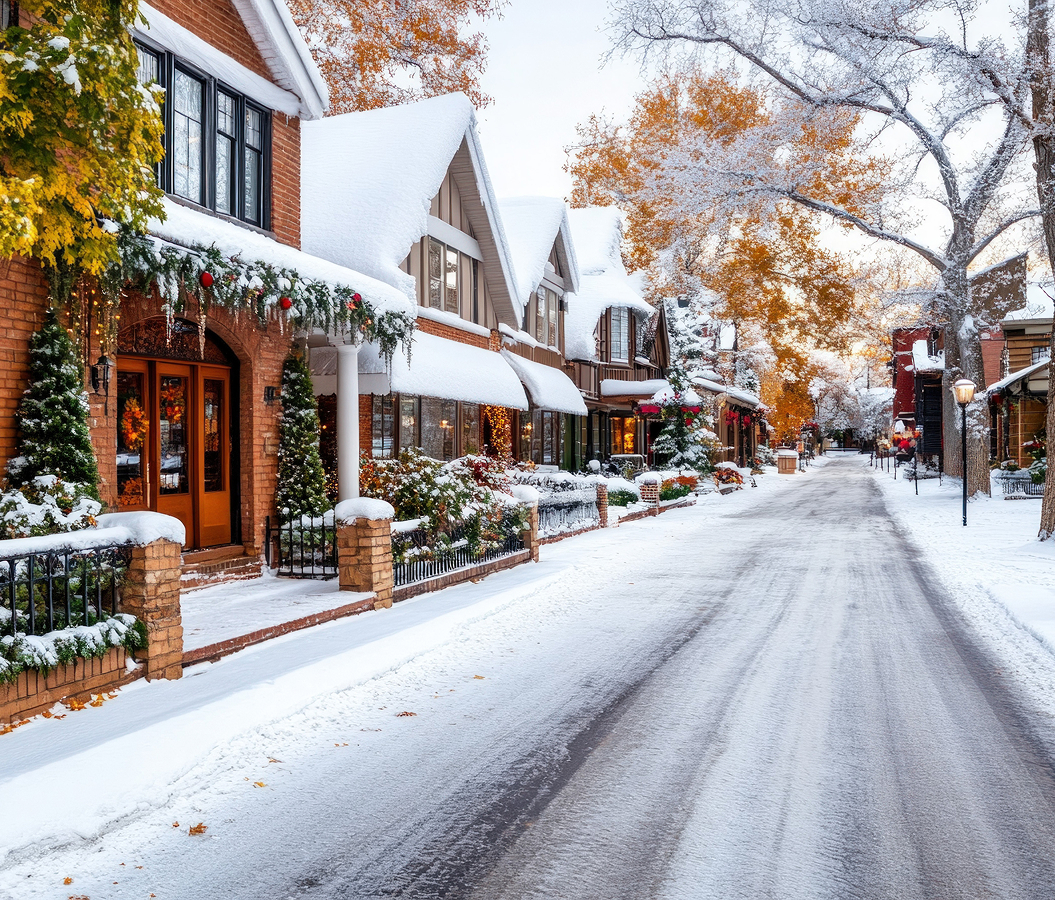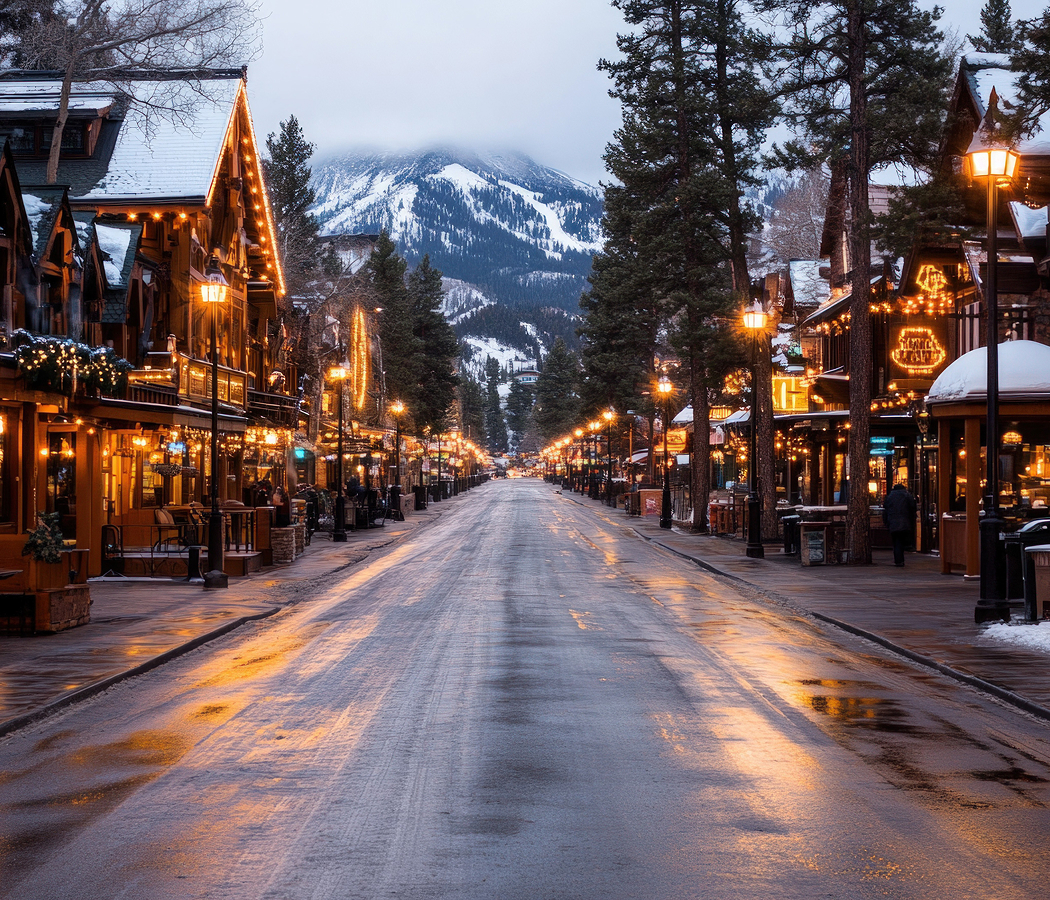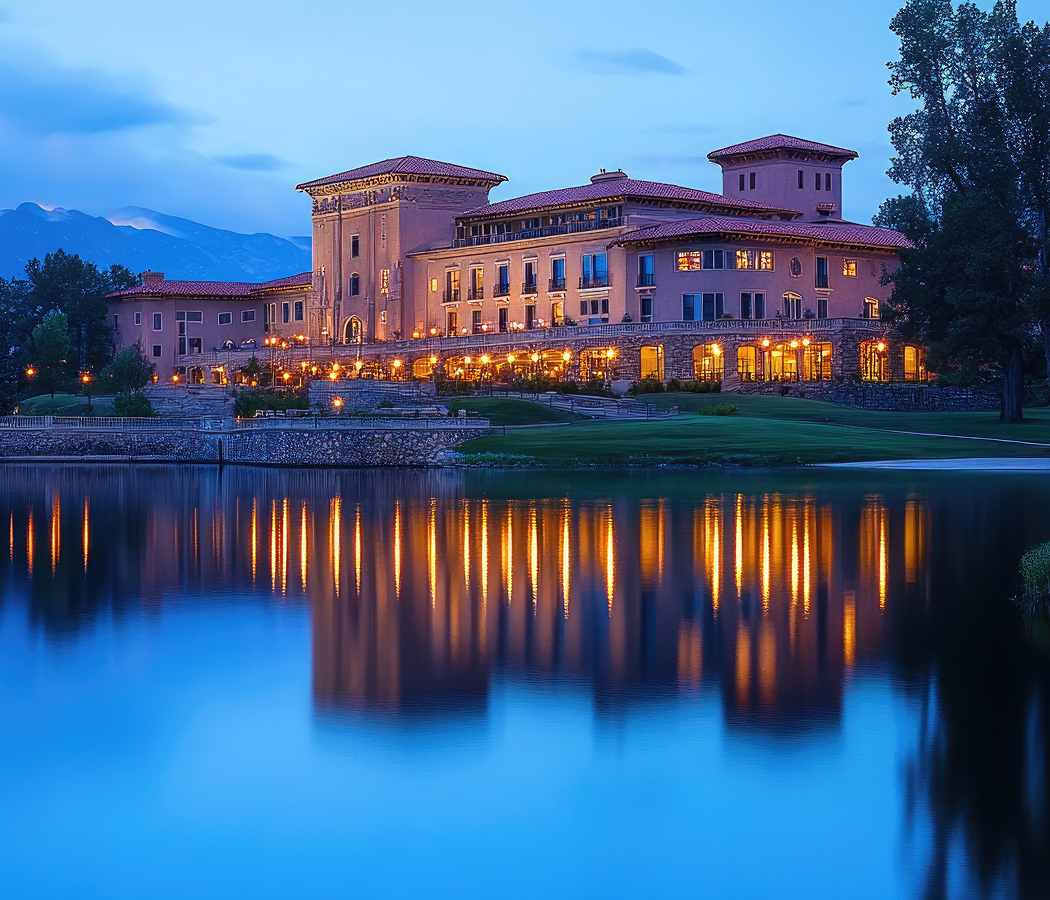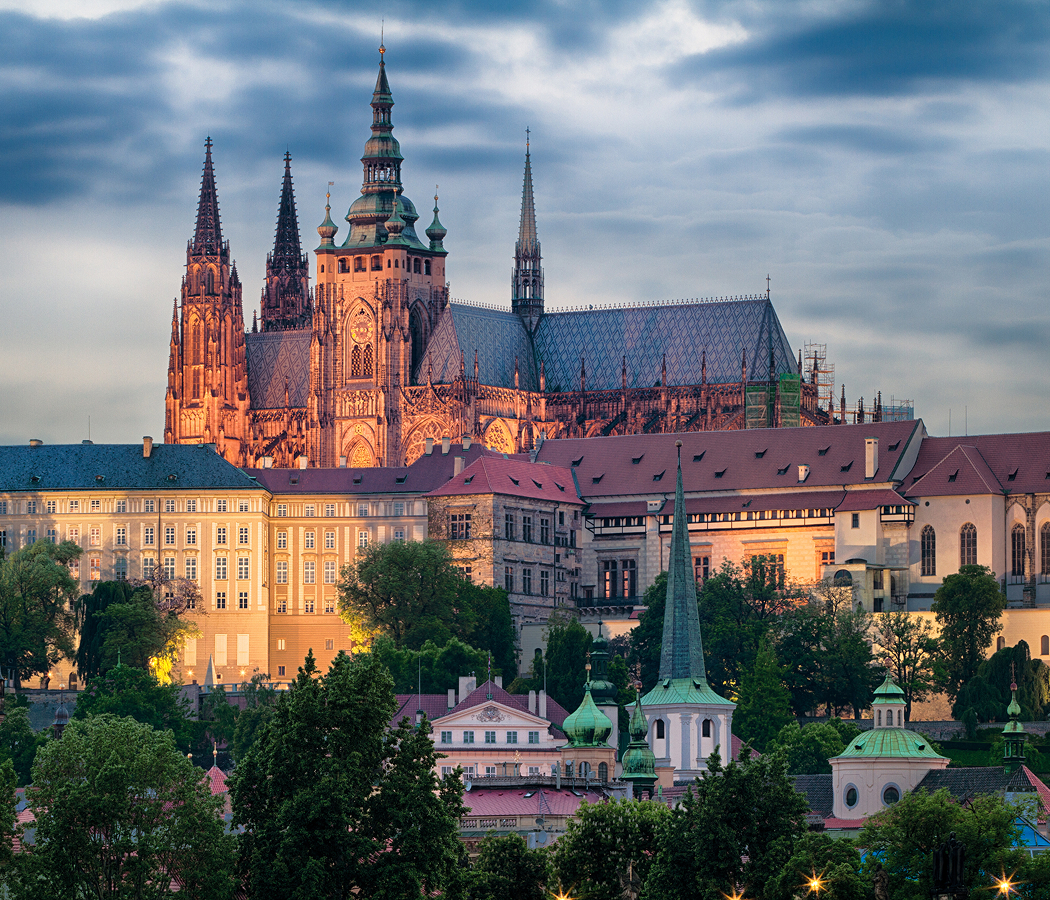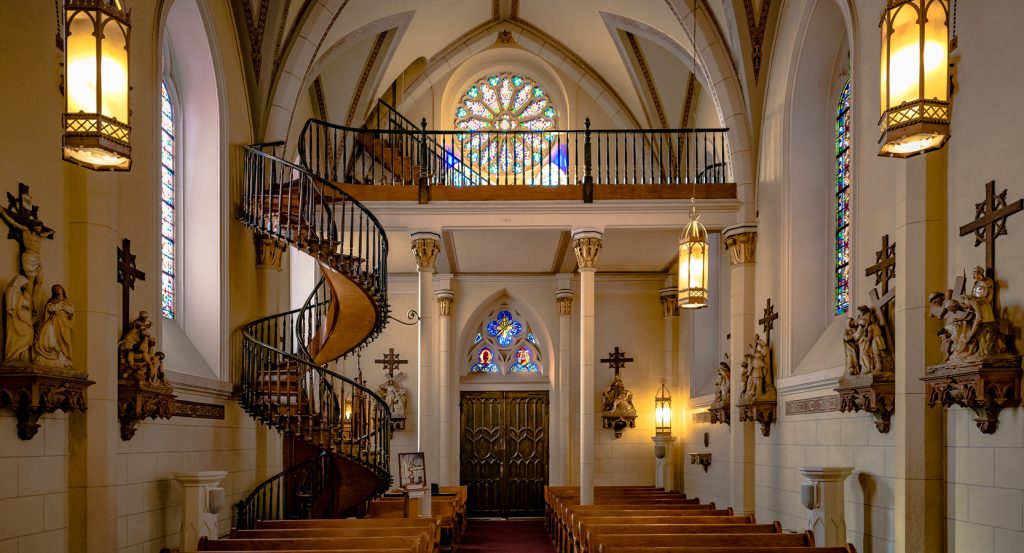
Why you should experience Loretto Chapel Museum in Santa Fe.
In the heart of Santa Fe, where adobe walls glow like ember under the desert sun, the Loretto Chapel Museum stands as both a masterpiece of faith and a marvel of mystery.
Step inside, and the air feels different, hushed, reverent, almost expectant. Rays of New Mexico light stream through stained-glass windows, casting jewel tones across wooden pews, while a single architectural wonder draws every gaze: the Miraculous Staircase. Spiraling upward with impossible grace, the staircase ascends in two perfect 360-degree turns, built entirely without nails or visible means of support. It feels less like carpentry and more like divine geometry, the kind of craftsmanship that belongs as much to heaven as it does to earth. The Loretto Chapel, completed in 1878, was modeled after Sainte-Chapelle in Paris, a nod to the French Gothic tradition brought to the Southwest by the Sisters of Loretto. But despite its European inspiration, the chapel breathes the spirit of Santa Fe, a confluence of cultures where Old World elegance meets New World soul. Outside, the scent of piñon smoke and sagebrush mingles in the high desert air, while inside, the soft sound of footsteps echoes like prayer. To visit the Loretto Chapel Museum isn’t just to see an artifact of faith, it’s to witness an enduring mystery that continues to bridge the gap between the miraculous and the human.
What you didn’t know about the Loretto Chapel Museum.
The story of the Loretto Chapel Museum is one of ingenuity, devotion, and enduring wonder that continues to captivate scientists, engineers, and believers alike.
When the chapel was first completed in the late 19th century, the Sisters of Loretto faced an architectural dilemma, how to reach the choir loft, which stood twenty feet above the ground, in a chapel too small for a conventional staircase. Legend says the nuns prayed for nine days to St. Joseph, the patron saint of carpenters. On the final day, a mysterious craftsman appeared with nothing but simple tools and a donkey carrying wood. Months later, he unveiled the spiral staircase that now defines the chapel, a work so perfect in proportion and balance that it remains one of architectural history’s unsolved marvels. The staircase contains no central support column, uses wooden pegs instead of nails, and is made from a type of spruce not native to New Mexico. The builder vanished without payment or recognition, deepening the legend that it was St. Joseph himself who answered their prayer. Beyond its famous staircase, the chapel holds other treasures, the original Gothic altar, intricate French stained glass imported from the D’Apres studios of Paris, and the echo of hymns sung by the Sisters who once called it home. The Loretto Academy, founded alongside the chapel, was one of the first schools for girls west of the Mississippi, blending education and faith at a time when both were scarce in the frontier. Though the academy closed in 1968, the chapel’s story endured, preserved by those who recognized its role not just as an artifact of religion, but as an embodiment of human perseverance and divine inspiration. Today, engineers have studied the staircase extensively, but no one has fully explained how it stands so effortlessly, a balance of design and devotion that transcends explanation.
How to fold the Loretto Chapel Museum into your trip.
Visiting the Loretto Chapel Museum is an experience best approached slowly, with reverence and curiosity in equal measure.
Begin your journey along Santa Fe’s Old Santa Fe Trail, where adobe structures and turquoise doorways line streets that seem to hum with history. The chapel sits just steps from the Santa Fe Plaza, tucked between boutiques and galleries, yet its quiet beauty seems to exist in another dimension. Step through the heavy wooden doors and let the stillness wash over you, a pause that feels almost sacred. Spend a moment admiring the stained glass, each panel glowing with the same delicate craftsmanship found in Europe’s great cathedrals, before letting your eyes fall upon the Miraculous Staircase. Move closer, tracing its elegant curvature as it rises toward the loft, each step polished by time and awe. If you linger long enough, you’ll hear soft gasps from other visitors as they first glimpse it, proof that wonder, when shared, multiplies. Take time to read the exhibits around the chapel, which reveal both the architectural details and the spiritual legacy of the Sisters of Loretto. Just outside, the small courtyard garden offers a peaceful place to reflect beneath the desert sky. From there, continue your exploration along the Canyon Road arts district or the Cathedral Basilica of St. Francis of Assisi, both within walking distance, to feel how faith and creativity intertwine throughout Santa Fe’s heritage. Visit the chapel in the late afternoon if you can, when sunlight floods the windows, bathing the staircase in a golden glow that feels almost celestial. Whether you arrive as a pilgrim, a skeptic, or simply a lover of beauty, the Loretto Chapel Museum has a way of quieting the mind and stirring the heart. It reminds you that even in a world driven by reason, there are still places where mystery holds the final word, and that, sometimes, faith itself is the most beautiful architecture of all.
Hear it from the Foresyte community.
You walk in and it’s all about the staircase. It winds up like it shouldn’t even be standing, no nails no explanation, just there. You don’t have to be religious to feel it hit you. It’s quiet, it’s quick, but it sticks in your head after you leave.
Where meaningful travel begins.
Start your journey with Foresyte, where the planning is part of the magic.
Discover the experiences that matter most.

